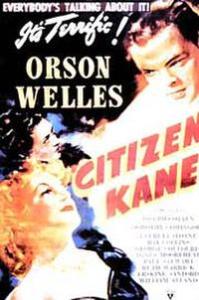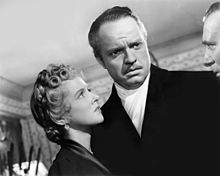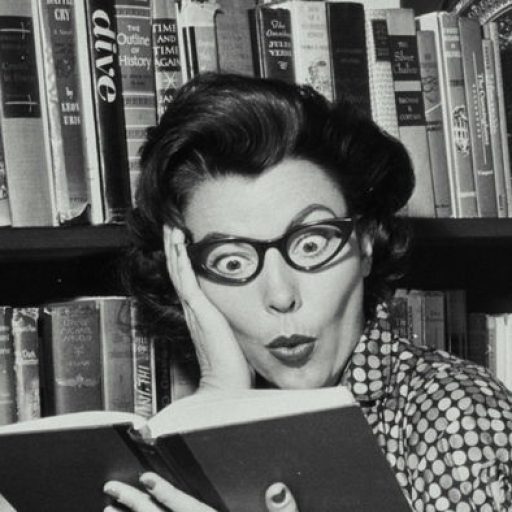
The third film in my To be Watched challenge brings me to probably the most famous and critically acclaimed film I had never seen. Produced, directed, written and starring Orson Welles, Citizen Kane always seems to be voted number 1 in best film lists.
In 1871 at his parents’ boarding house, 8 year old Charles Foster Kane is playing with his sledge in the snow. His parents are arranging for him to go and live with financier Walter Thatcher, so that he can have a proper education. From a boy with a humble start he builds a newspaper empire. The film opens with the elderly Kane on his deathbed at his palatial estate Xanadu. ‘Rosebud’ is his final word. A mystery drama unfolds as a reporter pieces together the events of his life through a series of flashbacks and interviews and tries to discover the meaning of ‘Rosebud’.
The use of the reporter is brilliant – he is the audience, asking questions for us, a bit like the unreliable narrator in a novel. What he uncovers is such a sad story, the manipulative and controlling Kane is not an easy person to spend time with. The time frame takes in the great depression of 1929, and we are asked to question our core values through the figure of Charles Foster Kane – is the American Dream everything we want it to be? He has everything and dies with nothing.
My favourite scene was near the beginning when the young boy is playing on his sledge and his mother is talking with Thatcher. Now I’m told by my resident movie buff that this is a ‘deep focus’ shot. Until Citizen Kane, Hollywood films tended to be shot with only the foreground in focus so that the audience would concentrate on that. Orson Welles put everything into sharp focus so that we would have another perspective. We don’t just hear what is being said but we can also see the little boy who is the object of their action. That matters not just then but also when we see the man he becomes.
 There are lots of high angle shots, deep shadows and atmospheric lighting that is reminiscent of German Expressionism at the beginning of the 20th century and probably why the film looked quite familiar after watching Fritz Lang’s ‘M’ (1931). The soundtrack used a lot of overlapping dialogue to give a more realistic feel, especially in crowded scenes and has a lot of fun with finishing sentences. For example, as a child Kane wishes Walter Thatcher a ‘Merry Christmas’, in the next scene (about 15 years later) the line is finished ‘and a happy new year’ he says, all grown up!
There are lots of high angle shots, deep shadows and atmospheric lighting that is reminiscent of German Expressionism at the beginning of the 20th century and probably why the film looked quite familiar after watching Fritz Lang’s ‘M’ (1931). The soundtrack used a lot of overlapping dialogue to give a more realistic feel, especially in crowded scenes and has a lot of fun with finishing sentences. For example, as a child Kane wishes Walter Thatcher a ‘Merry Christmas’, in the next scene (about 15 years later) the line is finished ‘and a happy new year’ he says, all grown up!
I didn’t warm to Citizen Kane, on a first viewing. I found the story depressing and none of the characters particularly likeable. But I think I’m probably missing the point with something so rich, and now that I don’t have to watch the story so closely I’ll be able to watch again paying more attention to the cinematography.

There’s a great book, also called Citizen Kane by Harlan Lebo, which tells all about the making of the film. In truth, it didn’t make me love the film more, but I did end up with a much greater appreciation of the cinematography and Welles’ skills as a director.
LikeLiked by 1 person
That’s interesting, thank you I’ll have a look – I think an appreciation is the way I’m going to go! When I watch again I’m going to pay much more attention to the sound, I think it’s something that was happening in European cinema but Welles was first at using all these techniques in Hollywood
LikeLiked by 1 person
We watched this in high school, but I don’t remember loving it or really even being impressed!
LikeLiked by 1 person
ha ha! I’m not surprised!!
LikeLike